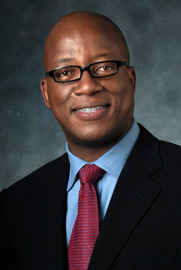Health
AIDS 2012: Fenton stresses an end to HIV/AIDS is “within our grasp”
Head of CDC’s HIV/AIDS response stressed more needs to be done to fight epidemic
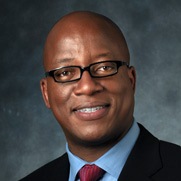
The head of the Centers for Disease Control and Prevention’s response to HIV/AIDS stressed on Wednesday that he is confident that an end to the epidemic is near.
“Ending the epidemic really means really reducing the numbers of new infections which are occurring as well as protecting the lives of those who are infected,” Dr. Kevin Fenton, director of the CDC’s National Center for HIV/AIDS, Viral Hepatitis, STD and TB Prevention, told the Blade during the International AIDS Conference at the Walter E. Washington Convention Center. “The cure discussion is very exciting. I think we’re moving along and understanding what the elements of a cure are likely to be, but it will take some time to reach there. Ending the epidemic I think is within our grasp, and we must continue to push for a cure as well.”
Fenton spoke to the Blade a few hours before he took part in a panel that discussed older adults with the virus. The CDC estimates that nearly 11 percent of the roughly 50,000 new HIV infections that occur each year in the United States are among those older than 50. Statistics further indicate that 16.7 percent of new diagnoses in 2009 were among this demographic, with half of them also having AIDS.
The CDC further predicts that half of people with HIV in the country by 2015 will be 50 or older.
“We’re all getting older,” said Fenton. “The baby boomers are now coming out of the workforce, many of whom are HIV infected and are going to be living their lives.”
Stigma, a lack of health care, financial insecurity and a lack of information about the virus are among the challenges that public health officials and HIV/AIDS service providers continue to confront in their efforts to curb new infection rates among older people. In spite of these hurdles, increased access to anti-retroviral drugs and other medications have allowed people with HIV to live longer lives.
“That’s a huge difference to where we were 30 years ago,” noted Fenton. “We now need to prepare for the other health conditions that come with aging: high blood pressure, strokes, diabetes, etc., as people age. This is an appropriate time for us to be reflecting on that.”
Fenton stressed that both the health care reform law that President Obama signed in 2010 and the White House’s National HIV/AIDS Strategy provide what he described as a “framework” to effectively address older adults and other at-risk populations.
“We need to be honest that most infections are occurring among young people in the United States — those under 40 years, so we need to ensure that our resources are being used to address the epidemic in those who are at greatest risk,” he added. “Nevertheless, we still see a substantial proportion of new infections occurring in older adults and I think the conversations that we need to have collectively is how do we ensure that there are proportionate investments to meet the needs of older adults in the U.S. and that we’re mindful of their needs and actively planning for their needs as well.”
Fenton: Conference highlights American leadership on fight against HIV/AIDS
AIDS 2012 is the first time that the United States has hosted the International AIDS Conference since 1990.
“It’s wonderful that we’re able to bring the international community back to the United States to both celebrate the progress we’ve made in the global response against HIV and to reflect on certainly U.S. leadership in the fight against AIDS at home as well as abroad,” said Fenton. “It’s also been fantastic that new concepts and calls for a greater sense of urgency in moving towards an AIDS-free generation, the beginning of the end of AIDS — fantastic themes for everyone across the U.S. as well as around the world for everyone to begin to reflect on.”
More than 30,000 delegates, journalists and HIV/AIDS activists have traveled to D.C. for the five-day gathering that will end on Friday. Some, such as the AIDS Healthcare Foundation, have used the conference as an opportunity to criticize the Obama administration’s response to the epidemic.
“You have to think about where we’ve come from, especially in the last few years,” said Fenton who once again referred to the health care reform bill and the National HIV/AIDS Strategy. He also pointed to safer-sex campaigns that specifically target black men who have sex with men and further engagement with communities impacted by the epidemic. “There’s a lot that we have done over the last few years. We always can do more and we need to do more faster.”
One specific challenge to which Fenton pointed is the underlying socio-economic issues that prevent people with HIV from accessing treatment once they learn their status. He noted that only 28 percent of Americans with the virus are “maximally benefitting from treatment.”
“People may not want to go to an HIV clinic because they’re too embarrassed, they’re afraid of seeing their friends or colleagues or they may not be able to simply afford just to be there because a day in the clinic means a day not working and when you have a family to feed or rent to pay, sometimes you make decisions which are not necessarily to the benefit of your health,” he said. “So there are many issues and what we’re hearing at this conference is we need to be honest about that cascade and we need to think about improving on every aspect of the cascade to have an overall benefit.”
Researchers from the National Institutes of Health and the HIV Prevention Trials Network earlier this week released a study that found high rates of HIV, unemployment and incarceration among black gay men in six cities. The report notes that even though black gay men more likely to practice safer-sex than other groups, they remain at higher risk for the virus.
“It’s not just about individual risk behaviors; but poverty, homelessness, having a sexually transmitted infection, who you’re having sex with really matters, and the kind of sex you’re having really matters,” said Fenton in response to the study. “We now need to be thinking about ways of supporting black gay men — in fact all gay men in this country — to make the right choices for their individual health, but how do we create those social and structural support environments so that they can make the right choices for optimal health. And that’s really important moving forward.”
“We often think of it as being a very rare disease, but what we do know is that it isn’t really. Most people with HIV live in cities with more than 500,000 inhabitants and that four states in the United States account for more than 50 percent of the epidemic and the top 10 states account for about 73 percent of the epidemic,” he said. “The epidemic isn’t randomly distributed and you have these geographic pockets which are hard hit. The fact that we’re in D.C. allows us to both celebrate some of the successes we’re now having in D.C. with HIV response, but it challenges us again to do more.”
Health
UNAIDS to commemorate Zero Discrimination Day’s 10th anniversary
UN agency urges global action to protect human rights
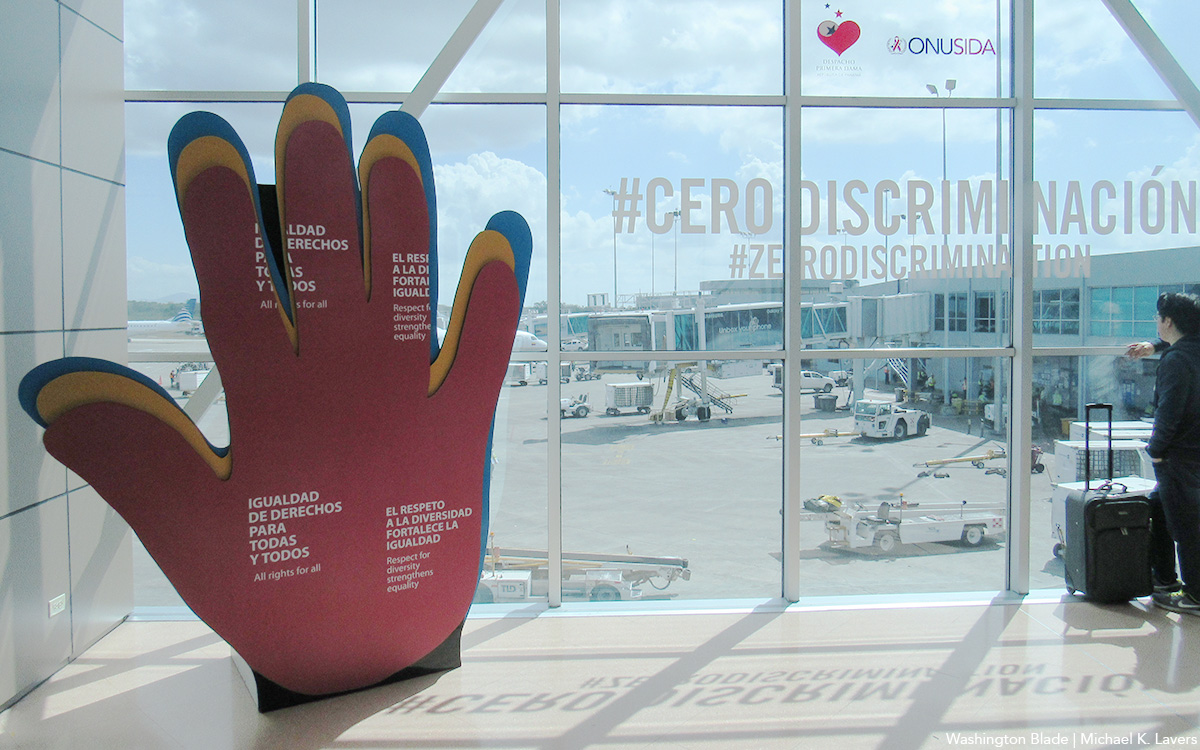
As the world marks the 10th anniversary of Zero Discrimination Day; UNAIDS is sounding the alarm on the increasing threats to human rights, calling for renewed efforts to protect the rights of all individuals as a fundamental step towards ensuring health for everyone.
Established by UNAIDS a decade ago, Zero Discrimination Day aims to promote equality and fairness regardless of gender, age, sexuality, ethnicity or HIV status. The progress achieved over the past years is now in jeopardy, however, due to rising attacks on the rights of women, LGBTQ people and other marginalized communities.
UNAIDS Executive Director Winnie Byanyima emphasized the critical link between protecting human rights and safeguarding public health.
“The attacks on rights are a threat to freedom and democracy and are harmful to health,” she said in a press release. “Stigma and discrimination obstruct HIV prevention, testing, treatment and care and hold back progress towards ending AIDS by 2030. It is only by protecting everyone’s rights that we can protect everyone’s health.”
Despite challenges, there has been notable progress.
At the onset of the AIDS pandemic more than 40 years ago, two-thirds of countries criminalized consensual same-sex sexual relations. They are now decriminalized in two-thirds of countries. An additional 38 countries around the world have pledged to end HIV-related stigma and discrimination, contributing to positive changes that include 50 million more girls attending school compared to 2015.
To sustain and enhance these advancements; UNAIDS urges global support for women’s rights movements, LGBTQ rights, racial justice, economic justice, climate justice and peace initiatives. By standing with communities advocating for their rights, the U.N. aims to reinforce the collective effort towards a more inclusive and equitable world.
Zero Discrimination Day is observed on March 1.
Events and activities that will take place around the world throughout the month will serve as reminders of the essential lesson and call to action: Protecting everyone’s health is synonymous with protecting everyone’s rights.
“Through upholding rights for all, we will be able to achieve the Sustainable Development Goals and secure a safer, fairer, kinder and happier world — for everyone,” said Byanyima.
Health
New CDC report finds transgender women at higher risk for HIV
More than 1,600 people in seven cities surveyed
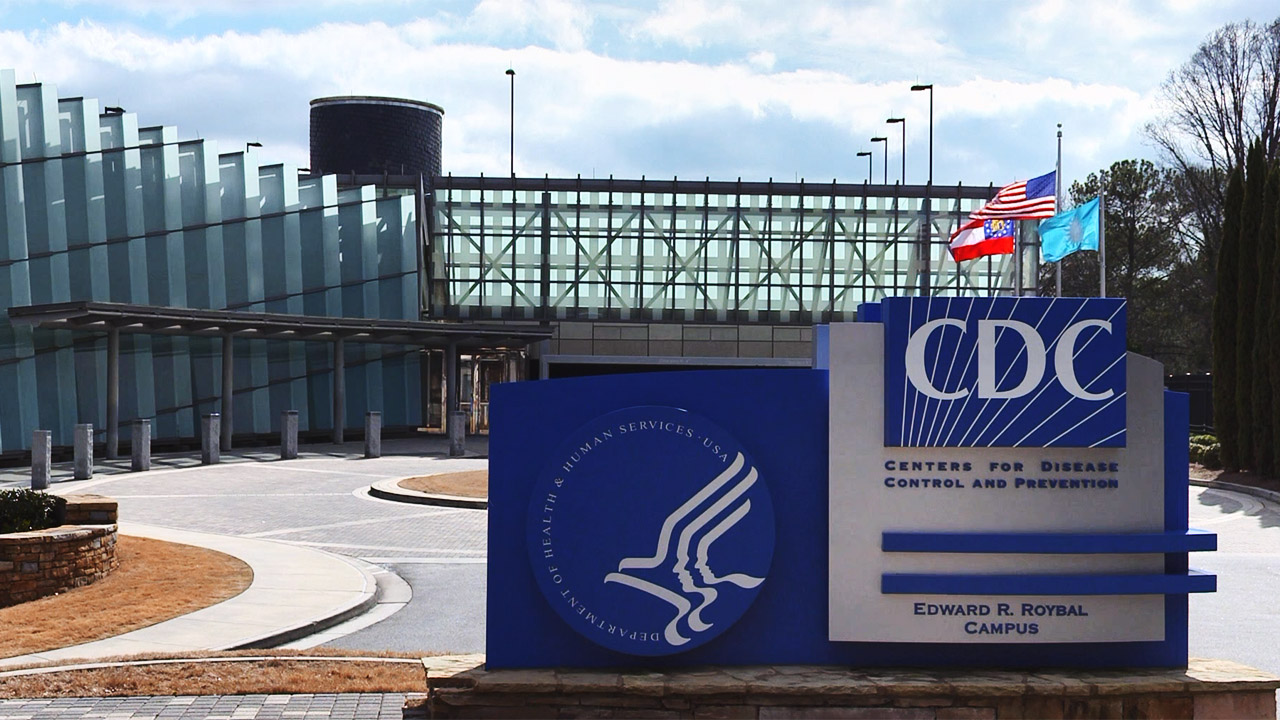
The Centers for Disease Control and Prevention issued a new study report this week that revealed that restricted by employment and housing discrimination and lack of access to needed gender-affirming healthcare for transgender women increasing the risk of contracting HIV.
Researchers reviewed data from a 2019-2020 survey, the National HIV Behavioral Surveillance Among Transgender Women, which found that the demographics of HIV/AIDS have been disproportionally high, especially among Black and Latina trans women, who had experienced employment and housing discrimination coupled with lack of access to gender-affirming healthcare.
The Jan. 25 Morbidity and Mortality Weekly Report was based on data studies of more than 1,600 trans women in seven major urban locales. Participants from Atlanta, Los Angeles, New Orleans, New York, Philadelphia, San Francisco and Seattle were chosen by referrals from people and community-based organizations who knew or were part of the local population of trans women.
The study’s researchers noted: “Employment discrimination occurs at the overlapping nexus of poverty, homelessness, incarceration, health insurance, disability, food insecurity and survival sex work. These issues are interconnected.”
The study stated that trans women’s inability to access quality healthcare, including gender-affirming treatment or access to PrEP, and can expose them to potential incarceration as many turn to “survival sex work” and violence, which increases the risk of contracting HIV.
The study’s author’s pointed out: “When economically marginalized transgender women are refused employment, this refusal cyclically contributes to economic hardships. This analysis …demonstrates the importance of transgender women working and living with dignity and without fear of unfair treatment.”
Health
A Whole New Perspective on Well-Being
The Mather’s team recognizes that everyone’s wellness journey is completely unique to their life experiences and influences.

It’s easy to spot the distinctive, elegant silhouette of The Mather, a Life Plan Community for those 62+ opening this spring in Tysons, Virginia. What is not apparent to the naked eye is The Mather’s unique wellness philosophy, which is literally built into the community.
The Mather’s team recognizes that everyone’s wellness journey is completely unique to their life experiences and influences.
Nature is one of the important factors that contribute to well-being. So The Mather is incorporating biophilic design—a design approach to facilitate access to nature or things that replicate natural patterns. This can include interior spaces with sightlines to a garden, choosing natural wood and stone as interior materials, or incorporating fragrant flowers and plants indoors to spark memories and provide tactile opportunities such as gardening.
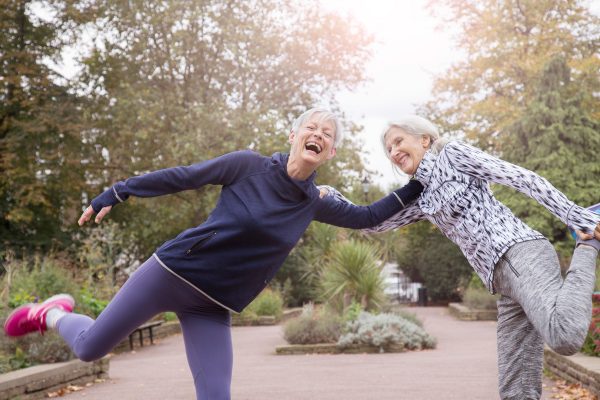
“Providing biophilic design within interior settings connects residents to the natural world,” says Mary Leary, CEO and President of Mather, the organization behind The Mather. “Research shows that a connection to nature provides positive benefits to mental states and overall well-being. At The Mather, biophilic design is the intersection of buildings and programs with nature in an urban setting.”
“The Mather is attracting a diverse group of older adults,” says Mary. “As a result, we aim to incorporate wellness practices from around the world, including Wyda movement theory of the Celtic Druids, which helps people achieve harmony with nature and contentment through mindfulness.” This holistic regenerative approach is similar to Qi Gong and yoga, while born in a different part of the world. Mather Institute has a special focus on mindfulness to support older adults’ practice of present moment awareness, which can lead to increased overall well-being, compassion, and joy.
A very different example of a wellness offering at The Mather is the Gharieni Welnamis spa wave bed, which uses computer-controlled vibrational therapy and audio frequencies to train the brain to relax. “The bed increases mindfulness, concentration, and creativity—all of which support our mission of creating Ways to Age Well,SM” says Mary.
These and other personalized ways to wellness will ensure that residents of The Mather can choose from seemingly countless ways to focus on their well-being. In other words, the sky’s the limit!
-

 Africa3 days ago
Africa3 days agoCongolese lawmaker introduces anti-homosexuality bill
-

 Colorado5 days ago
Colorado5 days agoFive transgender, nonbinary ICE detainees allege mistreatment at Colo. detention center
-

 World3 days ago
World3 days agoOut in the World: LGBTQ news from Europe and Asia
-

 Real Estate4 days ago
Real Estate4 days agoBoosting your rental property’s curb appeal

